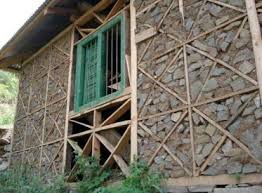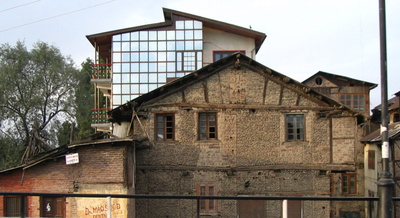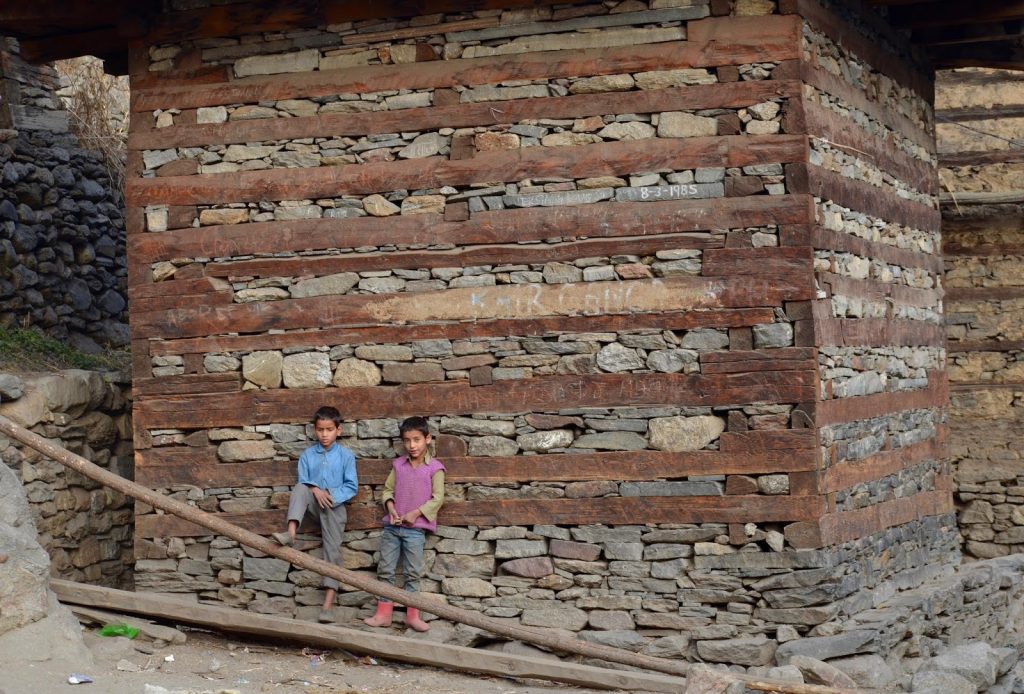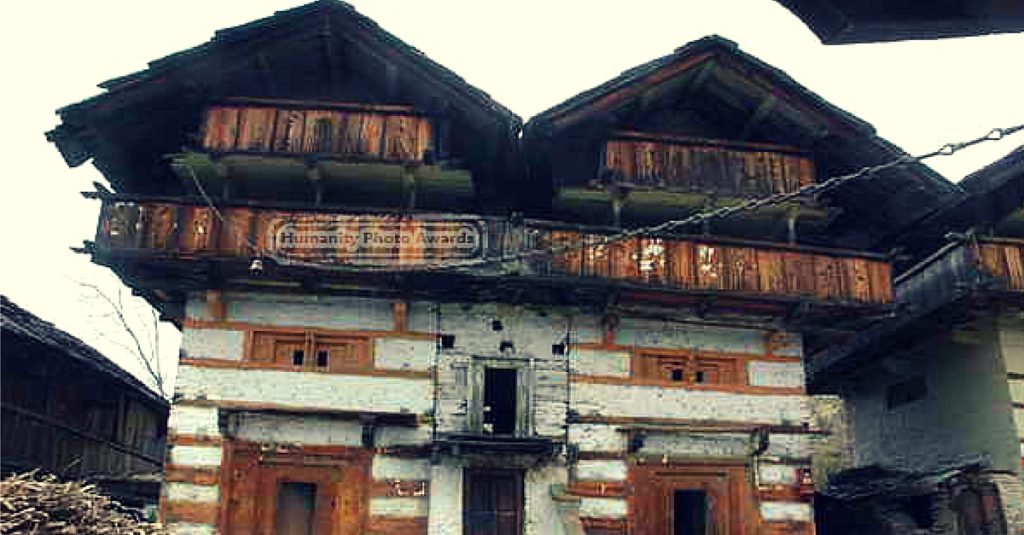Indigenous Indian tech and earth materials for sustainable architecture
Related Articles
Maharashtra Politics | BMC Election: सिल्वर ओक पर पवार चाचा–भतीजे की मुलाकात, दोनों राष्ट्रवादी में गठबंधन की अटकलें तेज
Maharashtra Politics | BMC Election से पहले बदले सियासी संकेत
महाराष्ट्र की राजनीति में एक बार फिर हलचल तेज हो गई है। उपमुख्यमंत्री अजित पवार...
Rashtra Prerna Sthal: प्रधानमंत्री मोदी ने राष्ट्र प्रेरणा स्थल राष्ट्र को किया समर्पित, लखनऊ में हुआ भव्य लोकार्पण
Rashtra Prerna Sthal: पूर्व प्रधानमंत्री भारत रत्न अटल बिहारी वाजपेयी की जयंती के अवसर पर लखनऊ में आयोजित कार्यक्रम में मुख्यमंत्री योगी आदित्यनाथ ने...
Mumbai Local Trains Projects: मुंबई लोकल का होगा मेगा मेकओवर, बदल जायेगा सफर करने का अंदाज
Mumbai Local Trains Projects: मुंबई और उसके उपनगरों में रेल यात्रा को और बेहतर बनाने के लिए रेलवे ने बड़ा कदम उठाया है। Mumbai...





